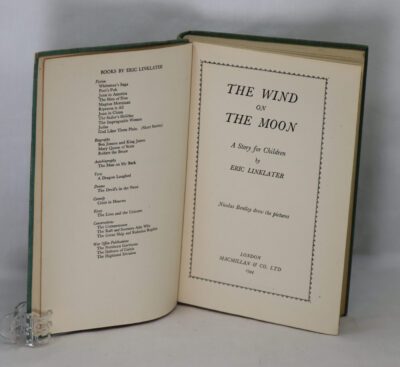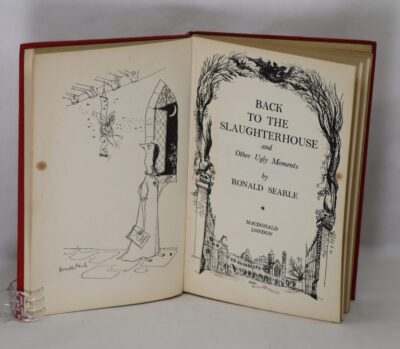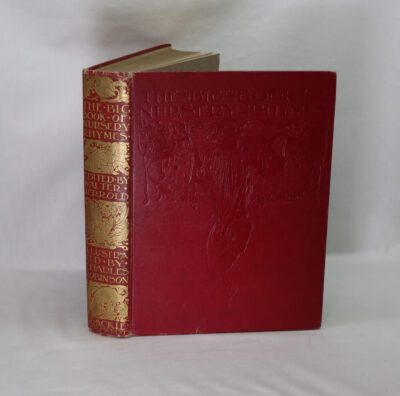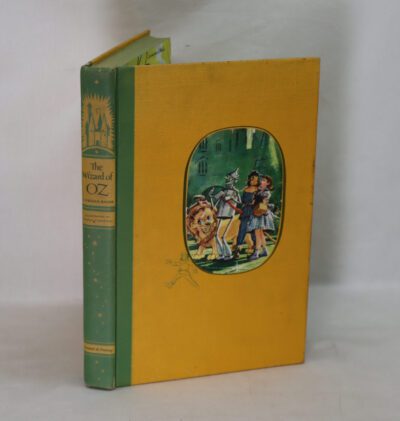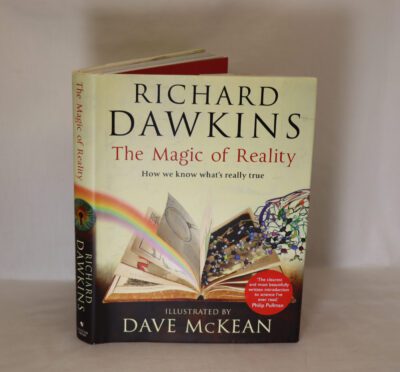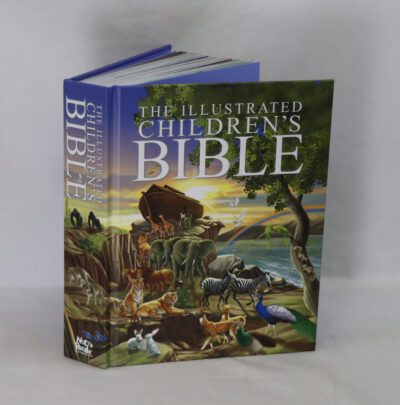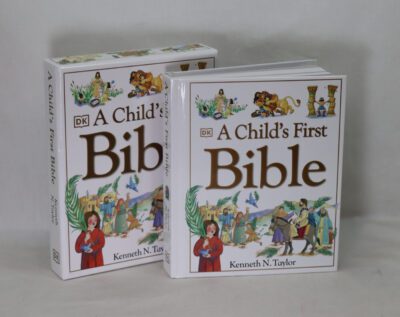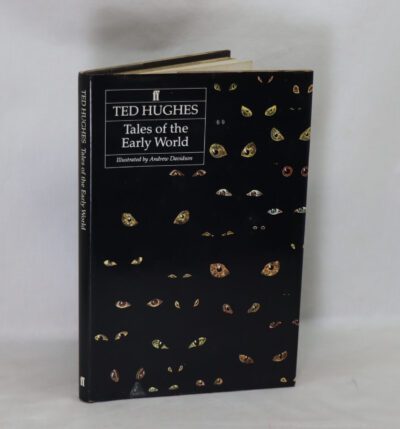Raggylug.
By Ernest Thompson Seton
Printed: Circa 1910
Publisher: Hodder & Stoughton. London
| Dimensions | 15 × 19 × 2 cm |
|---|---|
| Language |
Language: English
Size (cminches): 15 x 19 x 2
Condition: Fine (See explanation of ratings)
Your items
Item information
Description
Green cloth binding with black title on the spine and the front board.
-
F.B.A. provides an in-depth photographic presentation of this item to stimulate your feeling and touch. More traditional book descriptions are immediately available.
-
Note: This book carries the £5.00 discount to those that subscribe to the F.B.A. mailing list.
Raggylug, the story of a cottontail rabbit. Raggylug, or Rag, was the name of a young cottontail rabbit. It was given to him from his torn and ragged ear, a life-mark that he got in his first adventure. He lived with his mother in Olifant’s swamp, where I made their acquaintance and gathered, in a hundred different ways, the little bits of proof and scraps of truth that at length enabled me to write this history. Those who do not know the animals well may think I have humanized them, but those who have lived so near them know somewhat of their ways and their minds will not think so. Truly rabbits have no speech as we understand it, but they have a way of conveying ideas by a system of sounds, signs, scents, whisker-touches, movements, and example that answers the purpose of speech; and it must be remembered that though in telling this story I freely translate from rabbit into English, I repeat nothing that they did not say
Ernest Thompson Seton (born Ernest Evan Thompson August 14, 1860 – October 23, 1946) was an English-born Canadian-American author, wildlife artist, founder of the Woodcraft Indians in 1902 (renamed Woodcraft League of America), and one of the founding pioneers of the Boy Scouts of America (BSA) in 1910.
Seton also influenced Lord Baden-Powell, the founder of the Scouting movement . His writings were published in the United Kingdom, Canada, the US, and the USSR; his notable books related to Scouting include The Birch Bark Roll and the Boy Scout Handbook. He is responsible for the appropriation and incorporation of what he believed to be American Indian elements into the traditions of the BSA.
Seton was an early pioneer of the modern school of animal fiction writing, his most popular work being Wild Animals I Have Known (1898), which contains the story of his killing of the wolf Lobo. Four stories from this collection would be republished as Lobo, Rag, and Vixen (1900). He later became involved in a literary debate known as the nature fakers controversy, after John Burroughs published an article in 1903 in the Atlantic Monthly attacking writers of sentimental animal stories. The controversy lasted for four years and included important American environmental and political figures of the day, including President Theodore Roosevelt.
For his work, Lives of Game Animals Volume 4, Seton was awarded the Daniel Giraud Elliot Medal from the National Academy of Sciences in 1928. In 1931, he became a United States citizen. Seton was associated with the Santa Fe arts and literary community during the mid-1930s and early 1940s, which was a group of artists and authors, including author and artist Alfred Morang, sculptor and potter Clem Hull, painter Georgia O’Keeffe, painter Randall Davey, painter Raymond Jonson, leader of the Transcendental Painters Group and artist Eliseo Rodriguez. He was made a member of the Royal Canadian Academy of Arts.
Want to know more about this item?

Related products
Share this Page with a friend






